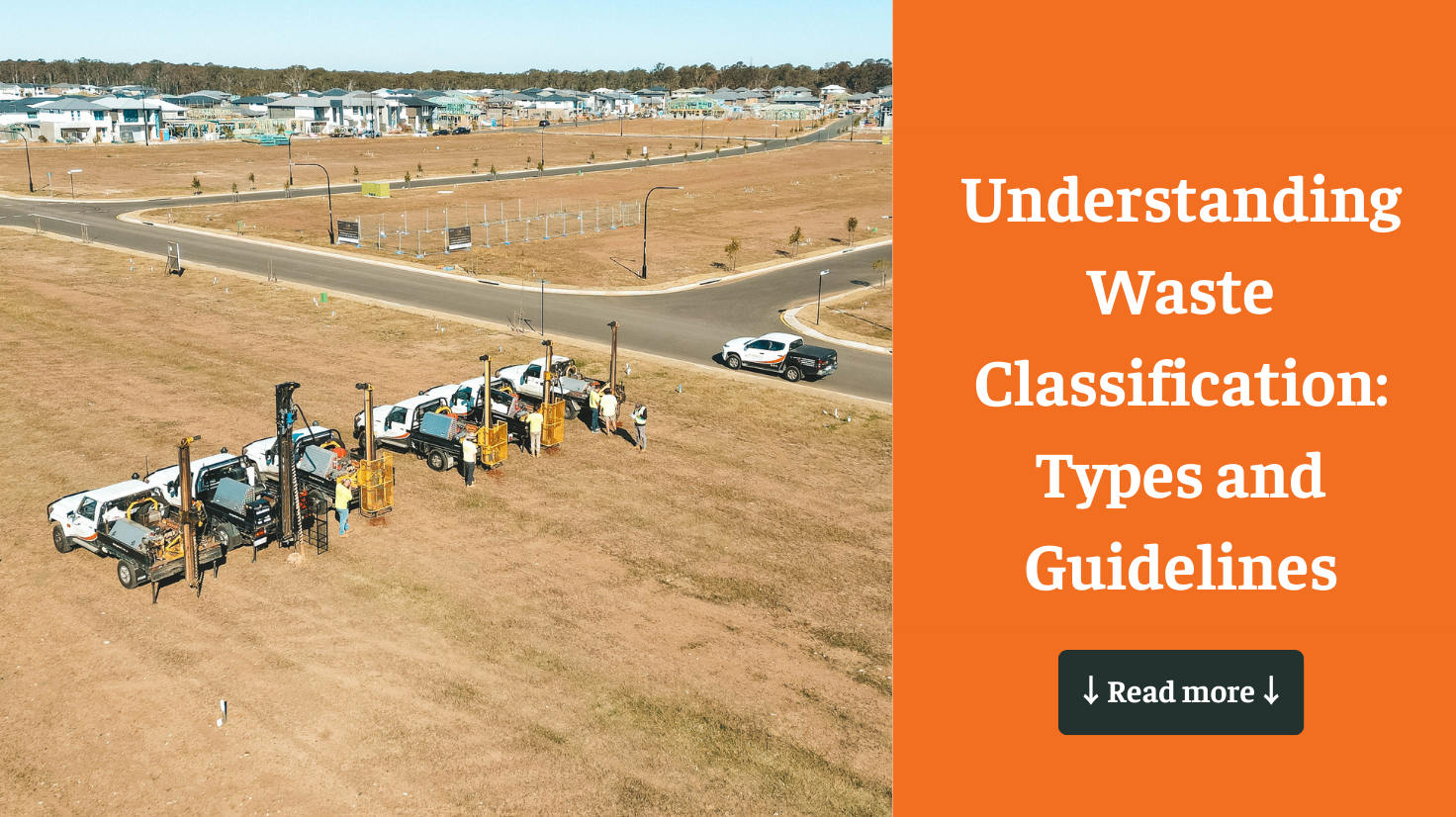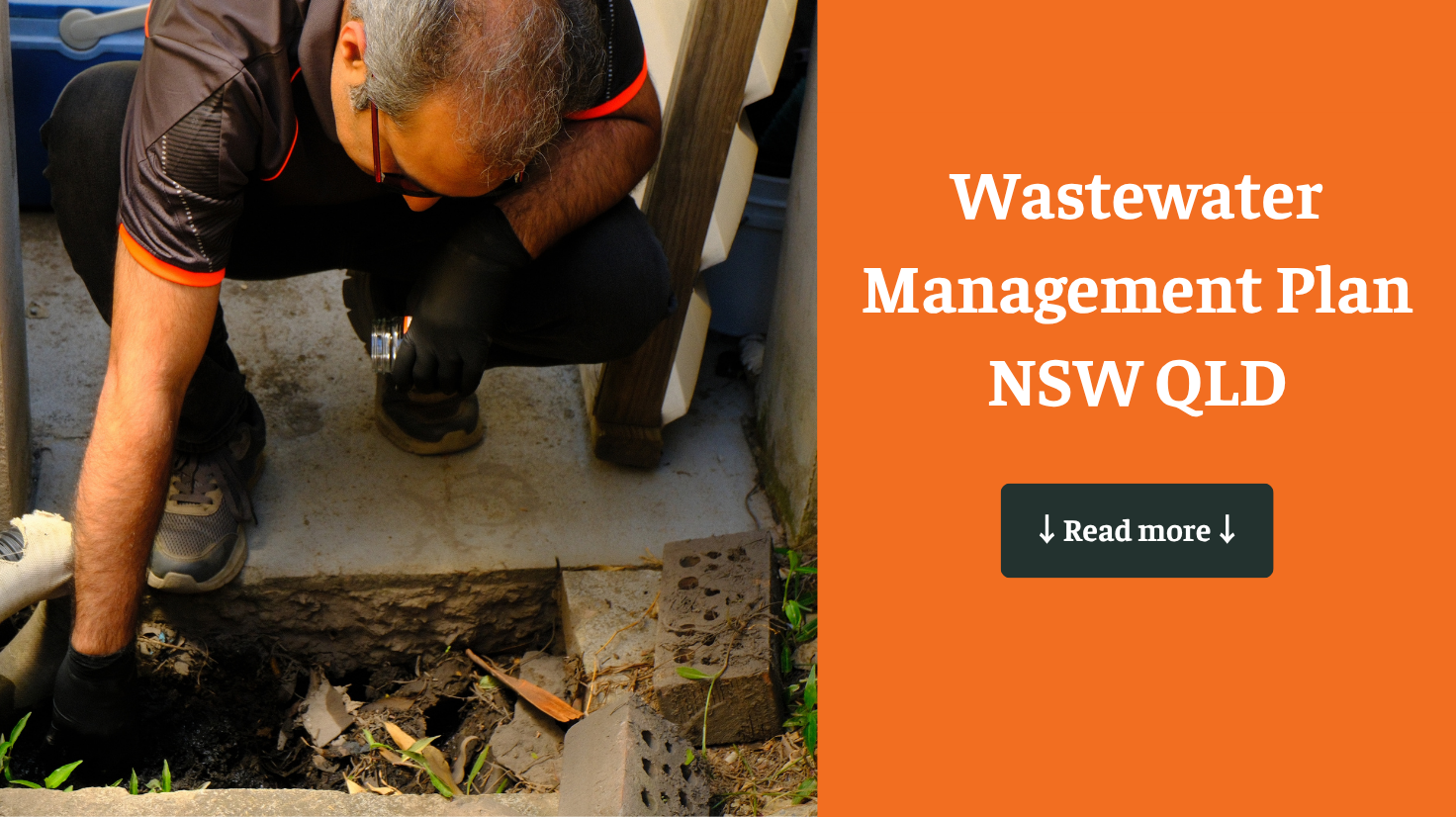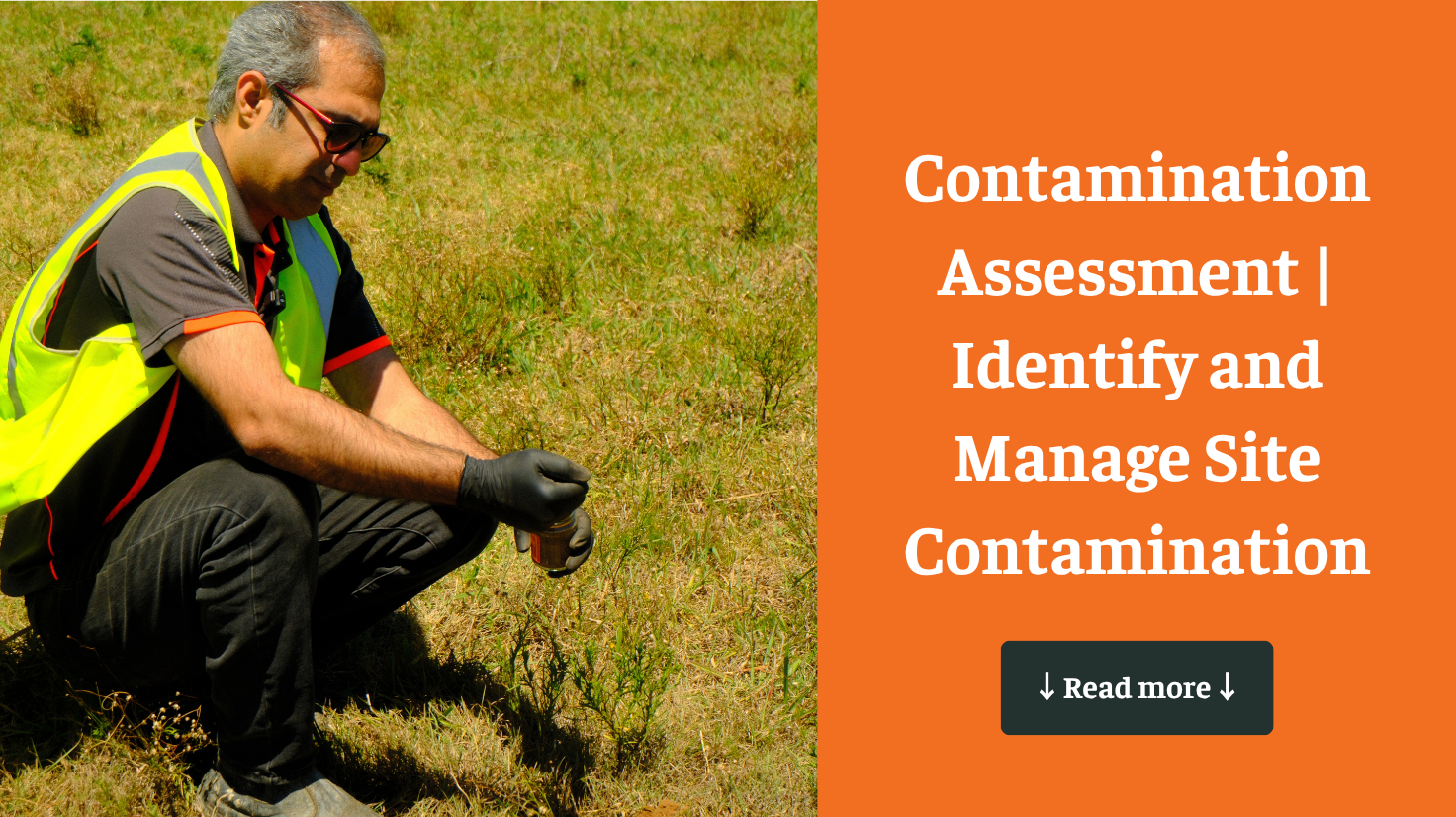Effective waste management is a cornerstone of environmental protection, public health preservation, and the advancement of sustainable development. A crucial aspect of this process is waste classification, which involves the systematic identification, categorization, and segregation of various types of waste. This ensures that each type of waste is managed appropriately, whether it be through safe disposal, recycling, or specialized treatment processes.
In this detailed guide, we explore the significance of waste classification, its definition and purpose, the various categories of waste, and the guidelines and standards that govern best practices in waste management.
1. The Importance of Waste Classification in Waste Management
Waste classification is essential for several key reasons:
- Environmental Protection: Proper classification allows for the safe handling of hazardous substances, preventing the contamination of soil, water, and air. By accurately identifying waste types, we can apply the most appropriate disposal methods, reducing the risk of environmental pollution.
- Public Health: The safe disposal of medical and other hazardous wastes is critical to minimizing health risks. Waste classification ensures that materials posing health hazards are isolated and treated with the necessary precautions, protecting both the public and waste management workers.
- Resource Recovery: By segregating recyclable materials from general waste, waste classification facilitates recycling and reuse. This process not only conserves natural resources but also reduces the volume of waste sent to landfills, contributing to a more sustainable waste management system.
- Regulatory Compliance: Accurate waste classification is vital for businesses and organizations to comply with local, national, and international waste management regulations. Adherence to these regulations helps avoid legal penalties and promotes environmentally responsible practices.
2. Defining Waste Classification and Its Purpose
2.1 What is Classified Waste?
Classified waste refers to materials that have been systematically identified, categorized, and segregated based on their physical, chemical, and biological properties. This classification is essential for determining the appropriate handling, treatment, and disposal methods for each type of waste, ensuring that it is managed in a way that minimizes environmental and health risks.
2.2 Purpose of Waste Classification
The primary objectives of waste classification include:
- Risk Management: By identifying and classifying waste according to its potential hazards, waste classification helps manage and mitigate risks associated with its handling, transport, and disposal.
- Efficient Waste Management: Streamlining waste handling processes through classification enhances overall efficiency, reducing operational costs and optimizing resource use.
- Regulatory Adherence: Classification ensures compliance with stringent waste management laws and regulations, helping organizations avoid legal consequences and maintain a positive reputation.
- Promoting Sustainability: Waste classification supports sustainability by encouraging the recycling and reuse of materials, thus conserving natural resources and reducing the environmental impact of waste.
3. Types of Waste
Understanding the various types of waste is critical for effective classification and management:
- Solid Waste: This category includes household garbage, construction debris, and industrial waste. Solid waste is typically further divided into biodegradable waste, such as food scraps, and non-biodegradable waste, such as plastics and metals.
- Liquid Waste: Comprising wastewater, oils, and chemicals, liquid waste can be hazardous or non-hazardous. Proper classification is essential to determine the correct disposal or treatment methods to prevent contamination of water sources.
- Hazardous Waste: This includes toxic, flammable, corrosive, or reactive materials, such as industrial solvents, medical waste, and batteries. Hazardous waste requires specialized handling and disposal methods to prevent environmental harm and health risks.
- Organic Waste: Biodegradable materials like food scraps, yard waste, and manure fall under this category. Organic waste can often be composted or used in bioenergy production, contributing to resource recovery and sustainability.
- Recyclable Waste: This category encompasses materials that can be reprocessed and reused, such as paper, glass, metals, and certain plastics. Effective classification and segregation of recyclable waste are crucial for maximizing recycling rates.
- E-Waste: Discarded electronic devices, such as computers, televisions, and smartphones, are classified as e-waste. These items contain valuable materials that can be recovered, as well as hazardous substances that require careful disposal.
4. Guidelines and Standards for Waste Classification
Waste classification is governed by a framework of guidelines and standards designed to ensure consistency, safety, and environmental responsibility in waste management practices:
- Local Regulations: Municipalities often have specific rules for waste segregation, collection, and disposal. Compliance with these local guidelines is essential for effective waste management at the community level.
- National Standards: In many countries, agencies like the Environmental Protection Agency (EPA) in the United States provide comprehensive guidelines for waste classification and management. These standards help ensure that waste is handled in a manner that protects public health and the environment.
- International Guidelines: Organizations such as the World Health Organization (WHO) and the International Solid Waste Association (ISWA) establish global standards, particularly for the handling of hazardous and medical waste. These guidelines are critical for maintaining safety and environmental protection on an international scale.
- Industry-Specific Regulations: Certain industries, including healthcare, manufacturing, and chemical processing, have specialized guidelines for waste classification and disposal. Adhering to these industry-specific regulations is crucial for managing the unique risks associated with certain types of waste.
5. Key Steps in Waste Classification
To implement effective waste management, the following steps in waste classification are essential:
- Identification: Begin by identifying the type of waste based on its origin, composition, and properties. This initial step is critical for determining the appropriate classification and subsequent handling methods.
- Segregation: Once identified, waste should be segregated into categories, such as recyclables, hazardous waste, and organic waste. Use appropriate containers and labels to ensure that each type of waste is properly separated and handled.
- Documentation: Maintaining accurate records of waste types, quantities, and disposal methods is essential for traceability and regulatory compliance. Proper documentation also supports environmental audits and helps track waste management performance.
- Disposal and Treatment: Adhere to the relevant guidelines and standards when disposing of or treating each type of waste. This ensures that waste is managed in a way that minimizes its environmental impact and supports public health objectives.
6. Conclusion
Understanding and implementing proper waste classification is fundamental to effective waste management. By accurately classifying and handling waste, we can protect the environment, safeguard public health, and contribute to sustainability.
For more information on waste classification and professional waste management services, visit Ideal Geotech’s website.
Ensure your waste management practices are compliant and environmentally responsible with expert guidance and solutions.






